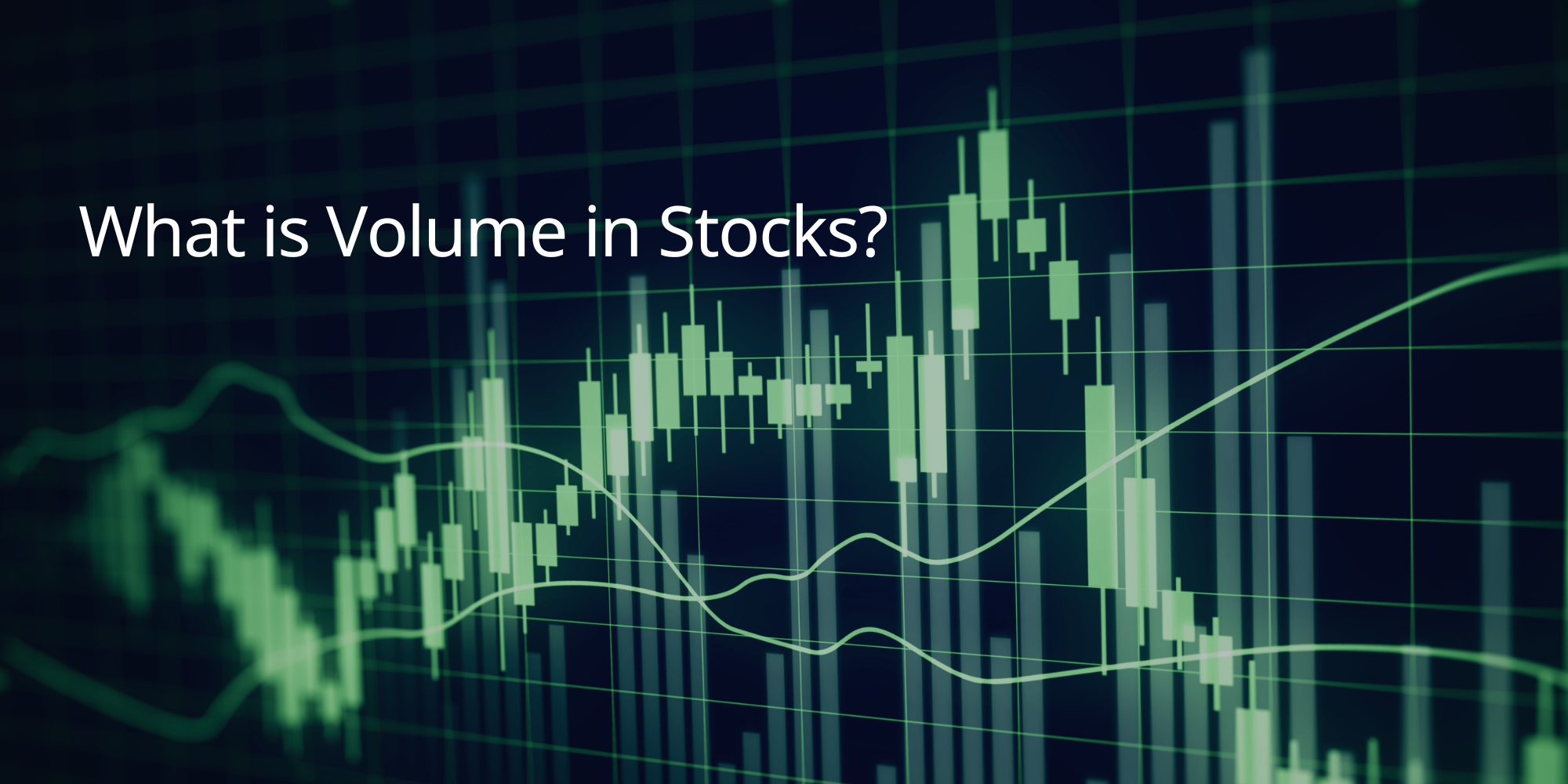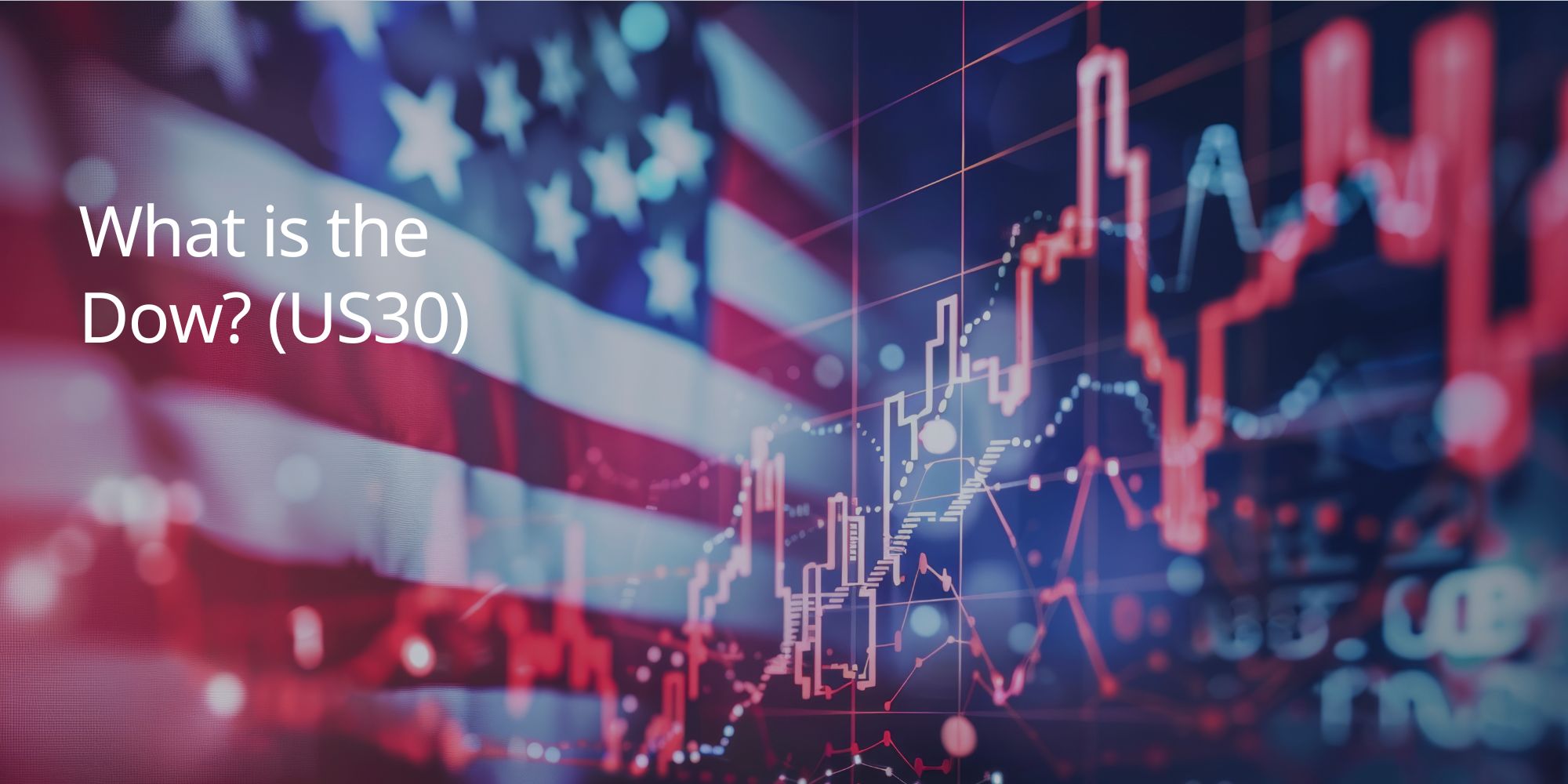Introduction
In forex trading, a “swap” is an interest charge that you either pay or receive for holding a position overnight. It’s calculated based on the interest rate differential between the two currencies in the pair you’re trading.
This comprehensive guide from Plexytrade explores the concept of swaps in detail. We’ll cover:
- What swaps are and how they’re calculated.
- The different types of swaps in forex trading.
- How swaps can affect your profitability.
- Strategies for managing swap costs.
Whether you’re a beginner or an experienced trader, understanding swaps is crucial for success in the forex market. Plexytrade provides the tools and resources you need to navigate the complexities of forex trading, including advanced trading platforms like MetaTrader 4 (MT4) and MetaTrader 5 (MT5), competitive trading conditions, and educational materials.
What is Swap In Forex?
In forex, a “swap” is an interest charge that you either pay or receive for holding a position overnight. It’s calculated based on the interest rate difference between the two currencies in the pair you’re trading.
Why Swaps Exist
When you trade forex, you’re essentially borrowing one currency to buy another. If you hold that position overnight, you’re effectively borrowing money and will either pay or receive interest on that loan, depending on the interest rates of the two currencies involved.
Example:
Let’s say you buy the AUD/USD currency pair. If the interest rate on the Australian dollar (AUD) is higher than the interest rate on the U.S. dollar (USD), you will receive a positive swap for holding the position overnight.
Why Swaps Matter
Understanding swaps is important for forex traders because:
- Profitability: Swaps can affect your overall profitability, especially if you hold positions for multiple days.
- Trading Strategy: Swaps can influence your trading strategy. For example, carry traders aim to profit from the interest rate differential by holding positions in high-yielding currencies.
Plexytrade offers competitive swaps and even provides swap-free trading on certain accounts. We are committed to providing our clients with a transparent and cost-effective trading environment.
Understanding Swap in Forex Trading
The term “swap” in forex trading can refer to two different concepts:
1. Currency Swaps
A currency swap is an agreement between two parties to exchange a certain amount of one currency for another currency at an agreed-upon exchange rate. This exchange is then reversed at a later date at a pre-determined rate.
Currency swaps are often used by large companies and financial institutions to:
- Manage currency risk: Companies doing business in foreign countries can use currency swaps to hedge against fluctuations in exchange rates.
- Reduce borrowing costs: Companies can sometimes get better borrowing rates by swapping currencies.
2. Rollover Swaps (Swap Charges)
A rollover swap, also known as a swap charge, is the interest that is either paid or received for holding a forex position overnight. This is a common practice in forex trading, as many traders use leverage (borrowed funds) to open positions.
Example:
If you buy the EUR/USD currency pair and the Euro has a higher interest rate than the U.S. dollar, you will receive a positive swap for holding the position overnight.
Types of Swaps in Forex
Swaps in forex trading can be categorized in a few different ways:
1. Based on Interest Rate Calculation:
- Fixed Swaps: The interest rate is fixed and predetermined, so you know exactly how much you’ll pay or receive each night.
- Floating Swaps: The interest rate fluctuates based on market conditions, so the swap amount can vary from day to day.
2. Based on Whether You Pay or Receive Interest:
- Positive Swaps: You receive interest for holding a position overnight. This happens when you buy a currency with a higher interest rate than the currency you sell.
- Negative Swaps: You pay interest for holding a position overnight. This happens when you buy a currency with a lower interest rate than the currency you sell.
3. Based on the Purpose of the Swap:
- Currency Swaps: These are agreements between two parties to exchange principal and interest payments in different currencies. They are often used for hedging purposes by large companies and financial institutions.
- Rollover Swaps: These are the standard swaps that occur in forex trading when a position is held overnight. They are based on the interest rate differential between the two currencies in the pair.
The Costs Associated with Swaps
When you hold a forex position overnight, you’ll either pay or receive an interest charge called a “swap.” This charge is calculated based on the interest rate difference between the two currencies in the pair you’re trading.
Calculating Swap Costs
The formula for calculating the swap cost is:
Swap Fee = (Position Size * Swap Rate) / 10
- Position Size: The size of your trade, measured in lots (standard lots, mini lots, or micro lots).
- Swap Rate: The interest rate differential between the two currencies, which is set by your broker.
Factors Affecting Swap Costs:
- Interest Rates: The interest rates of the two currencies in the pair.
- Position Size: The larger your position size, the higher the swap cost (or credit).
- Holding Time: The longer you hold the position overnight, the more swap you’ll pay or receive.
- Broker’s Policies: Different brokers have different swap rates and policies.
Managing Swap Costs
- Choose a Broker with Competitive Swaps: Compare swap rates between different brokers to find the most competitive offerings.
- Consider Swap-Free Accounts: Some brokers offer swap-free accounts, where you don’t pay or receive swaps for holding positions overnight.
- Close Positions Before Rollover: If you’re concerned about swap costs, you can close your positions before the rollover time (typically 5 PM EST).
Strategies to Manage Swap Costs in Forex Trading
Swaps can be a significant cost for forex traders, especially those who hold positions for extended periods. Here are some strategies to help you manage swap costs effectively:
- Focus on Short-Term Trading: If you’re concerned about swap costs, consider focusing on short-term trading strategies, such as scalping or day trading, where you close your positions before the end of the trading day.
- Analyze Swap Rates: Different brokers offer different swap rates. Compare the swap rates offered by various brokers to find the most competitive options.
- Consider Swap-Free Accounts: Some brokers offer swap-free accounts, also known as Islamic accounts. These accounts don’t charge or pay swaps for holding positions overnight.
- Trade Currency Pairs with Positive Swaps: If you plan to hold positions overnight, look for currency pairs where the interest rate differential works in your favor. This means buying a currency with a higher interest rate than the currency you’re selling.
- Use Hedging Strategies: Hedging involves opening offsetting positions to reduce your overall risk. This can also be used to mitigate potential swap costs.
- Reduce Overnight Positions: If you must hold positions overnight, consider reducing the size of those positions to minimize potential swap costs.
- Diversify Your Portfolio: Diversifying your trades across different currency pairs can help reduce your overall exposure to swap costs.
- Use Trailing Stop-Loss Orders: Trailing stop-loss orders can help you lock in profits and limit losses, which can indirectly reduce the impact of swap costs.
Conclusion
Understanding swaps is essential for any forex trader, especially those who hold positions for extended periods. Swaps can either add to your profits or cut into them, so it’s crucial to manage them effectively.
Plexytrade offers competitive swap rates and provides swap-free trading on certain accounts. We are committed to providing our clients with a transparent and cost-effective trading environment.
Ready to experience the Plexytrade advantage?
- Open a Plexytrade account today and choose from a range of account types with competitive swap conditions.
- Test our trading conditions risk-free with a demo account.
- Start live trading with a minimum deposit of just $50.
Our 24/5 customer support team is always available to assist you. Visit Plexytrade.com now to register and start trading with a broker that prioritizes your success.














